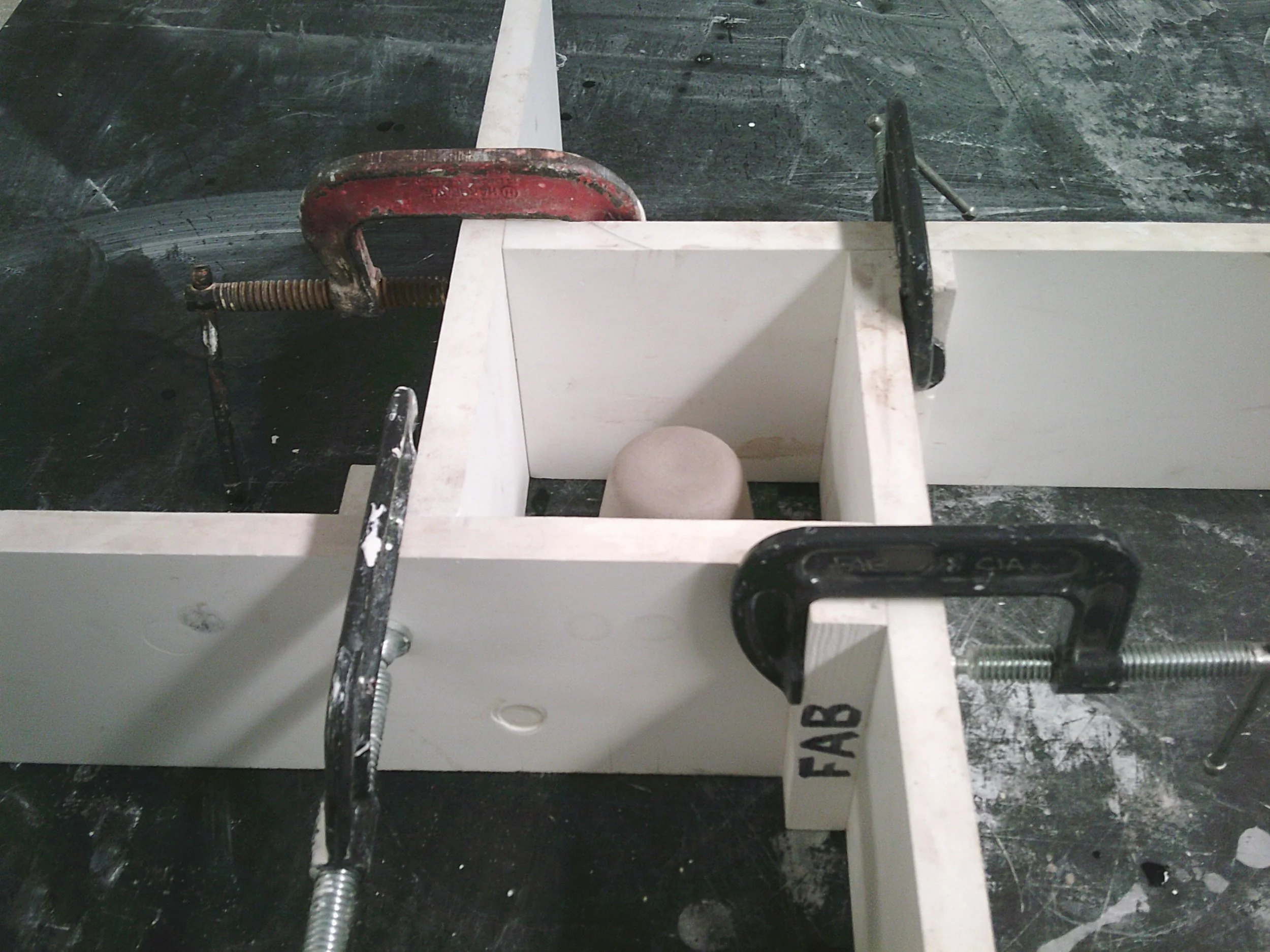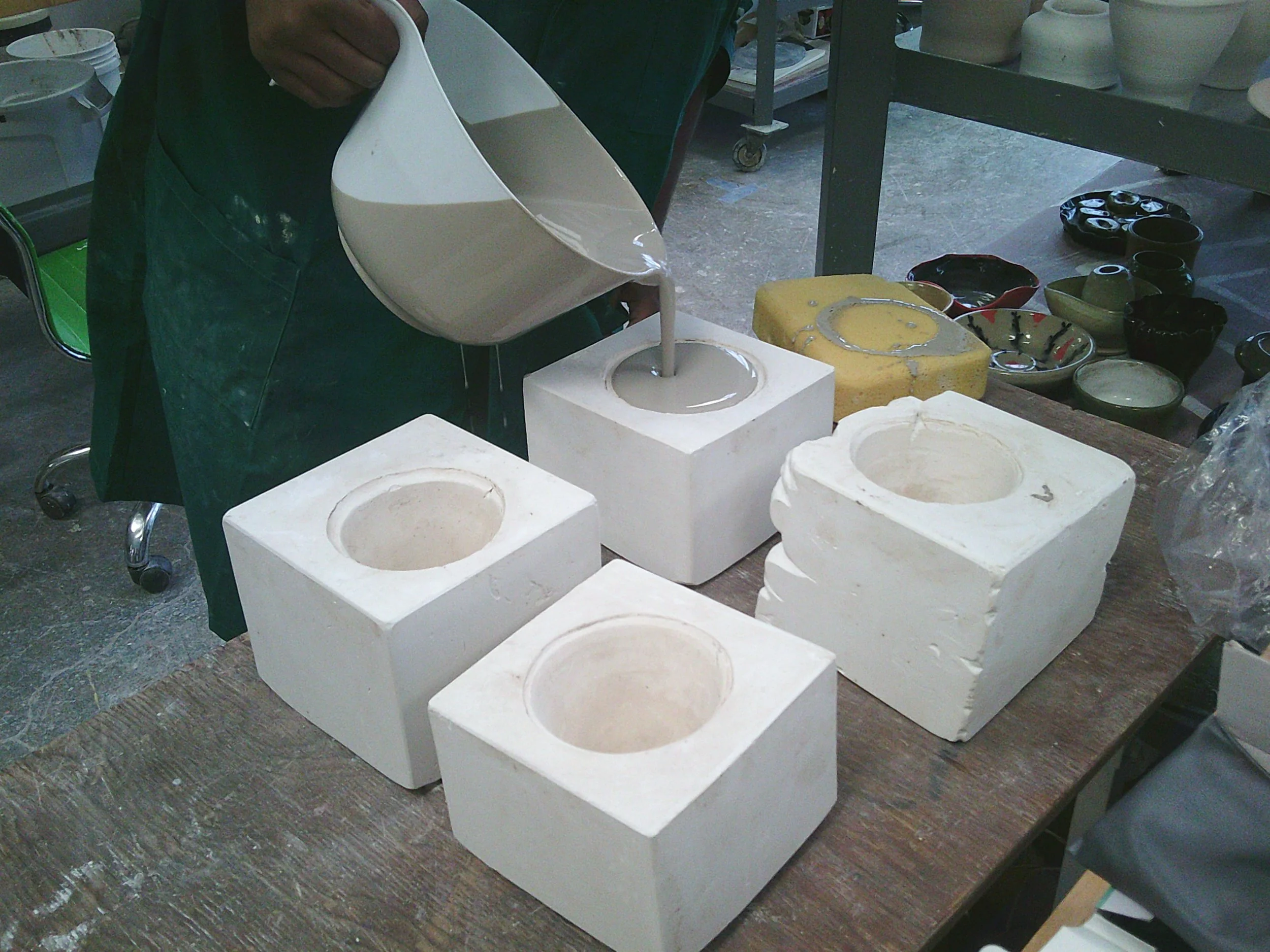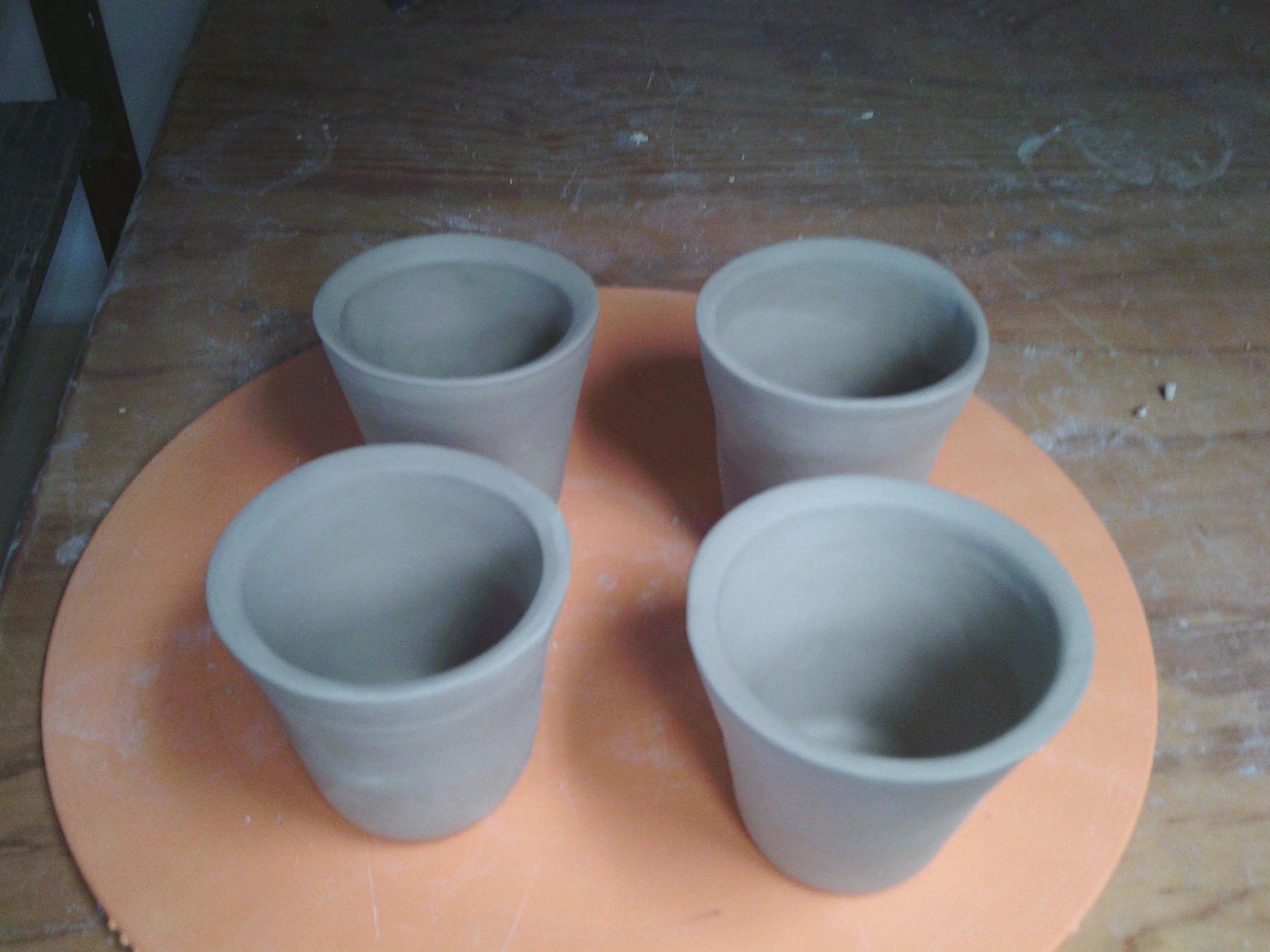What is Creativity Works?
The Creativity Works Internship Program is a credit-bearing internship offered at the Cleveland Institute of Art for third students. It is a “self-initiated” internship, generously funded by the Fenn Education Fund and the G.R. Lincoln Family Foundation, where student take charge and design their own internship with the help of a faculty sponsor and an Academic Project Leader. Creativity Works offers hands-on experiences and helps build the student’s skills in the area of their choosing.
In my case, I chose to host a ceramics workshop with the YWCA of Greater Cleveland’s Cogswell Hall. A goal of mine as an artist is to give everyone a chance to express their self creatively and share my passion for ceramics as a medium.
Preparing for the Workshop
Once I was officially a part of Creativity Works, the balancing process of staying in contact with Cogswell, working on projects for classes, and making steady progress on this internship made me realize how difficult, yet rewarding this would be. Unlike many of my peers, I don’t live in the Cleveland area or Ohio at all, meaning that I would have to make all the preparations to host my workshop before the end of the spring semester in May. Since I had already been in contact with the YWCA before the spring semester even started, I had no worries about having a community partner - all that was left was to have a site visit and have all of my materials before the decided workshop date.
My APL, Maggie Denk-Leigh, and I had multiple meetings, both in person and virtually, as well as multiple conversations with the activities coordinator of Cogswell, Jonishia Lewis. Mrs. Lewis was a great help when it came to telling me the mission and history of Cogswell from her personal experiences as well as offering me advice as a fellow artist. With her help, I was able to schedule a small meet and greet a month before the actual workshop. Here, I got to meet some of the residents of Cogswell and personally promote the workshop. After the meet and greet was over, I was even more excited to host the workshop.
Knowing how delicate the ceramics process can be and unsure at the time just how many participants I’d have, I decided on making 30 cups and plates. Although this may seem like a waste of materials, I ended up having a lot of cracked or warped forms after they were bisque fired, leaving me with less than half of the starting amount. With the help of my professor and faculty sponsor Seth Nagelberg, I made four slip-cast moulds to save time, as throwing all 30 cups in a nearly identical shape is out of my skill set at this time. He also taught me a simple way to throw plates so that they will end up more or less identical in size and shape: the slab method. With all the forms fired and ready to be worked with, I made glazes from raw materials. This was a process I was really excited for since I normally wouldn’t be able to cover the costs myself, but the Fenn Education Fund and the G.R. Lincoln Family Foundation made that possible. This was once of the most time consuming parts of the process as I had to meticulously measure out the materials, mix and strain the glazes myself. The Ceramics Department’s studio tech Alberto Veronica-Lopez had helped me with the math and exact amounts, making this process relatively painless. Once the glazes were made, all that remained was hosting the workshop!
“Paint Your Story” Ceramic Painting Workshop
This was the most rewarding part of this process, hosting the workshop! All of the progress, hurdles, and long days in the studio lead up to this moment. I remember my heart pounding as I set up the room, but I didn’t let my anxiety get the better of me. I kept my nerve, smiled, and welcomed in the attendees as they arrived. Once we were all set, I started my presentation. I started by showing the process behind the pieces in front of them. In most cases with these ceramic painting workshops, many people that host them simply buy bisque-ware from a manufacturer and the artist paints them, waiting a week or so to get them back into their hands. That process, though still valid, feels so disconnected from the craft of ceramics. I wanted to make sure my attendees knew of the entire process; the mould making, plate throwing and firing process. I then showed off all the underglazes and what they would look like after they were fired.
After my presentation, resident Sandy C., teary-eyed, told me how she felt that I was meant to be there. Although I am not religious myself, she related what I said to her bible study the night before and she told me that the day of the workshop was the anniversary of her brain surgery a few years before. This is the type of experience I want to give not only the people of Cogswell, but back in my own hometown in Indiana. I want the medium of ceramics to connect us. I believe that, even though this workshop was small, it was a step in the right direction. I’ve even been told that there are more people interested in me hosting another workshop this fall after seeing the completed works. This brought me so much joy and satisfaction that it still feels slightly surreal.
As the workshop came to a close, Jonishia and I cleaned up the are and carefully packed up the works. The next day, I dipped the pieces in the studio’s clear glaze and let the kiln run its course. When the pieces were ready, I packed them up yet again, awaiting for Jonishia to pick them up from CIA that weekend. She arrived with Melvin F. in tow, a fellow resident of Cogswell who was interested in the workshop but didn’t join us this time. Maggie had suggested that I make him a set, thoughtful since I wanted to include him in some way. As I took the two on a short tour of CIA, Melvin opened up to me on his own, saying that he used to be an artist but hadn’t painted anything in a couple of decades. It was heartwarming to see this side of him, and it was even more amazing when he saw the set that I made for him.
This experience was nothing short of magical and I hope to continue this kind of work even after I graduate.
Final Remarks
-
"I am super proud of Ash for facing a tough crowd with transparency and a smile held high. In the end, attendance rates were low but the impact of this experience was extremely high. An older generation, especially men, were able to bring their guard down to support a phenomenal cause and passionate artist."
Mrs. Jonishia Lewis
-
"Session was intimate with hugs and impactful with tears as residents shared their stories. Resident Sandy C [shared that day was the] anniversary for her brain surgery. [She] also expressed ceramic clay molds were symbolic to her bible study the night before. She expresses sencere appriciation for the space to release and share her story."
Mrs. Jonishia Lewis
-
"Resident Melvin F. introduced himself, signed up, but circled hesitant outside the room. [He was] surprised with a custom squirrel/nut set made by [Ash]. Context; at the meet & greet, [Ash] noticed resident excited as he fed squirrels in the side yard. Very thoughtful, thankful, and inclusive to pick up resident's love for squirrels."
Mrs. Jonishia Lewis

Finished set by Sandy C.

Finished set by Marian A.

Finished set by Jonishia Lewis

Finished set by Christina J.

Finished set by Ash Guynn for Melvin F.
Thanks!
I would like to end this off by thanking everyone who helped me along the way during this internship. To my APL Maggie Denk-Leigh for being my guide. To Ben Johnson because even though he wasn’t my APL he always stopped by to ask about my progress. To my faculty sponsor Seth Nagelberg and our studio technician Alberto Veronica-Lopez for being there when I needed help and kept pushing me when I really just wanted to rest. To my friends in ceramics that gave me support when I needed it most. To El Arvizu, Ben Mataloni and Wes Cunningham, you guys are my biggest inspirations when it comes to the ceramics department. To everyone involved with CIA’s Creativity Works internship, without you I wouldn’t have gotten this opportunity. A final thank you to everyone that has read this far, I appreciate your support.
















